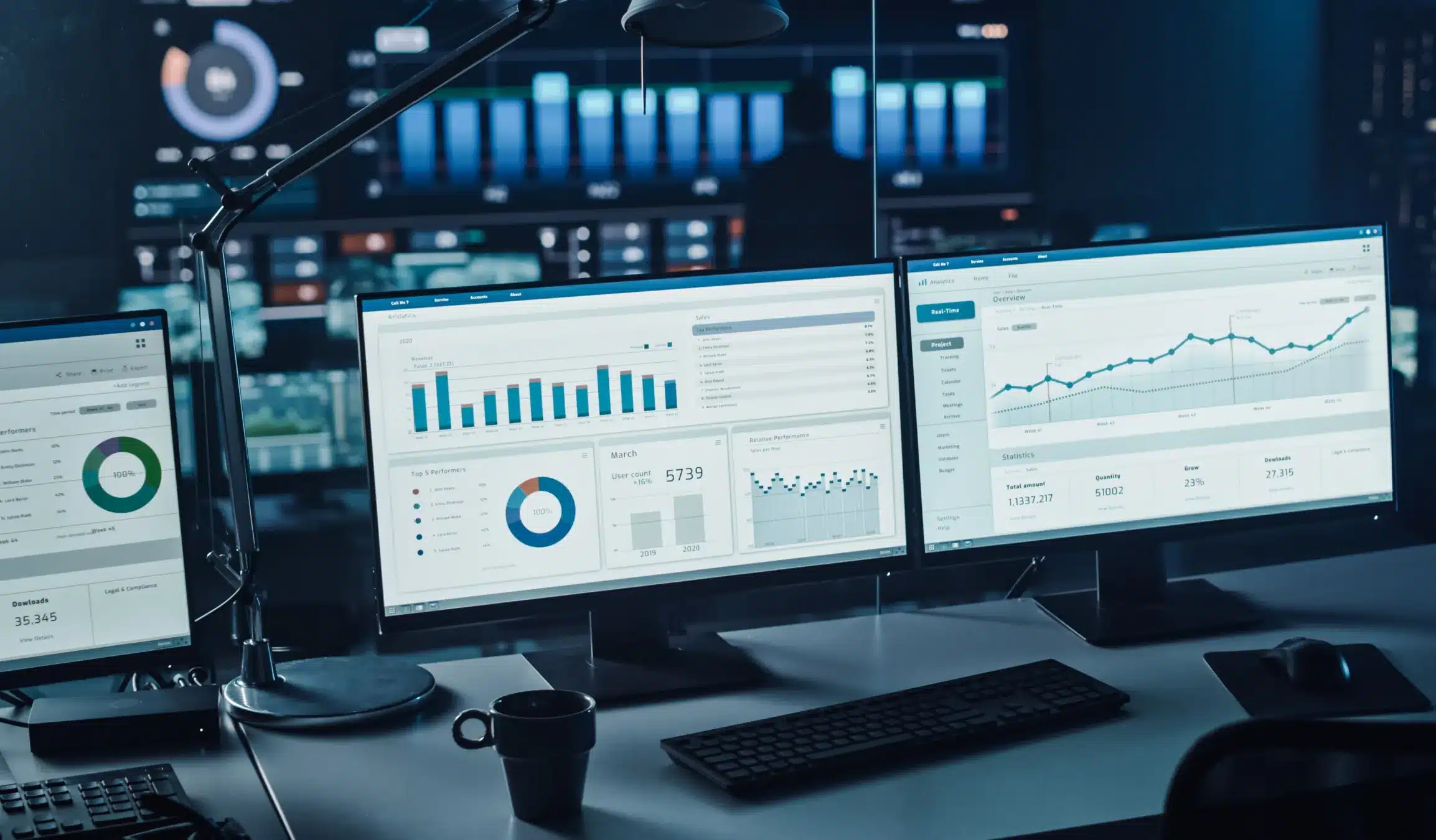In today’s fast-paced and data-driven world, the concept of predictive quality has emerged as a game-changer for businesses and industries across the board. Predictive quality is not merely a buzzword but a transformative approach that leverages data, technology, and advanced analytics to foresee and prevent quality issues before they arise. In this article, we will delve into the concept of predictive quality, its significance, and the ways in which it is revolutionizing various sectors.
Understanding Predictive Quality
Predictive quality can be defined as the ability to anticipate and address quality issues in advance through data analysis and modeling. It goes beyond traditional quality control methods that rely on post-production inspection and reactive problem-solving. Instead, predictive quality aims to predict potential defects, failures, or deviations in real-time or even before they occur.
Key Elements of Predictive Quality
Data Analytics: The foundation of predictive quality lies in data. Organizations gather and analyze vast amounts of data from various sources, including production processes, supply chains, customer feedback, and historical quality records. Advanced analytics tools, such as machine learning and artificial intelligence, are then used to extract meaningful insights and patterns.
Real-time Monitoring: Predictive quality systems continuously monitor and collect data from various sensors, IoT devices, and production lines. This real-time monitoring allows organizations to identify deviations from expected quality standards instantly.
Read more @ Metrology and Quality News
#predictivemaintenance #inspection #maintenance



